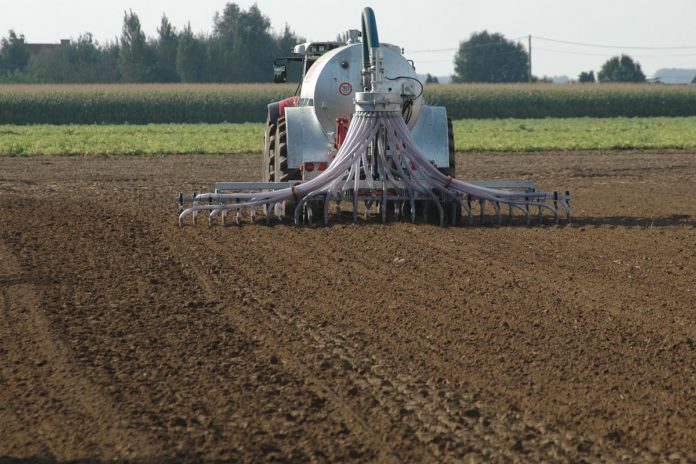Climate change is one of the major challenges of our generation, writes Eddie Webb, Soils and Environment Advisor Tuam, Teagasc Galway/Clare.
Over the past 250 years, the burning of fossil fuels, land-use changes and agriculture have contributed to altered global temperatures by increasing the concentration of greenhouse gases (GHG) such as carbon dioxide; methane and nitrous oxide.
Emissions of GHG were 18.7million tonnes (MT) of CO2 equivalents in 2005 which is deemed the base year. More recent figures show emissions at a figure of 20.2mt with projection of 21mt for 2030.
Currently, agriculture in Ireland accounts for 33% of our total greenhouse gas emissions but has the lowest carbon footprint of milk and the fifth-lowest carbon footprint of beef in the EU. The main reason for these low carbon footprints is due to the grass-based production systems that dominate Irish agriculture.
The Climate Action plan was published to tackle GHG emissions and to comply with our international obligations. The plan focuses on targets of all sectors including agriculture.
Whilst Ireland is on track to achieve its 2020 target (20% below 2005 levels) by the purchase of emission credits, the target for 2030 (30% below 2005) will be challenging and will require cuts in carbon emissions from food production.
Agriculture production will need to be highly efficient in terms of improving Economic Breeding Index (EBI) of the dairy herd and beef genetic merit; better grassland utilisation, incorporation of clover into grassland and getting the soil pH right.
Much focus recently has been on the optimum nitrogen fertiliser usage including switching to a protected urea which has emissions of GHG comparable to straight Calcium Ammonium Nitrate (CAN).
Protected urea is urea treated with an active ingredient called a urease inhibitor. The inhibitor can be either coated on the outside of the fertiliser granule or incorporated into the urea granule during manufacture.
The urease inhibitor reduces the loss of ammonia gases to the atmosphere by moderating the rate at which urea is converted to ammonium.
Trials have demonstrated that protected urea consistently produce grass yields comparable to CAN with little difference in annual production between the two fertilisers.
Another technology to tackle GHG emissions is Low Emission Slurry Spreaders (LESS). LESS machines which include the trailing shoe and dribble bar retain more nitrogen thereby reducing the fertiliser expense.
A LESS spreader will retain an extra 3 units of Nitrogen per 1000 gallons slurry due to the lower ammonia loss to air.
Another additional benefit is that cows prefer to graze LESS spread pastures due to the lower grass contamination and the grazing interval between the slurry spreading and grazing is reduced.
Greenhouse gases emissions can be reduced by the selection of less productive land for afforestation.
Agroforestry
One such option is agroforestry where the trees can be grown in combination with agriculture on the same land; this system gives the flexibility to graze and cut silage/hay alongside growing tress for timber.
This system is ideally suited to farmers who are interested in forestry but want to avoid taking the land out of agriculture production.
The scheme attracts an premia of €645/hectare with a grant rate of €6,220 per hectare. Acceptable tree species include oak, sycamore and cherry. Other broadleaves and conifers will be considered on a site to site basis.
The trees must be protected against grazing animals by trees shelters, fencing or both. The shelters are removed once the trees outgrow them and are replaced by a protective mesh wrapped around the trees.
Farmers must also ensure that appropriate machinery is used during the saving of silage and hay in order to not damage the trees.
In order to achieve the climate action targets, the whole of agriculture will need to respond.
Whilst challenging, it will present opportunities for farmers to increase farm profitability and improve the environmental sustainability of their farms by adopting best practice.





